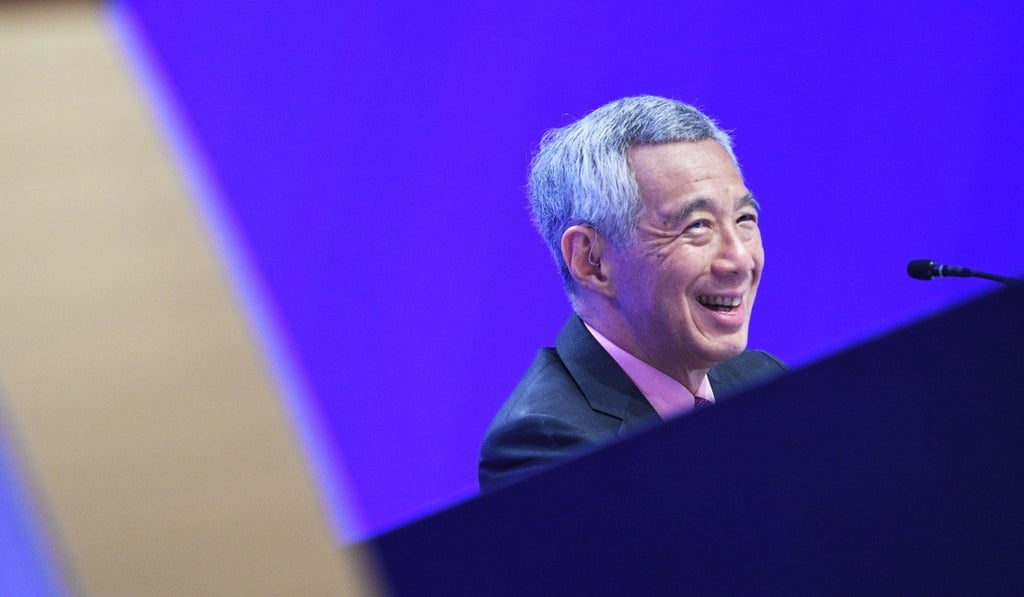Opinion | As US-China great power rivalry intensifies, smaller states in Southeast Asia seek a way to thrive, not just survive
- From trade to the South China Sea and technology, the US and China increasingly find themselves at odds, with regional nations caught in the middle. Many are realising the importance of staying friendly with both but beholden to neither

However, refraining from taking sides also requires not being actively pressured to do so. Given the brewing great-power tussle, Lee said it is not unlikely for a country to be asked by one power or the other, “Are you my friend or not my friend?”
To this, he gave a thoughtful response: “Well, I am friends with you, but I have many friends and that is the way the world has to be. If it were not, I think it would be a much unhappier world.”

His answer resonates with regional attitudes towards major-power contests. Southeast Asia is no stranger to the great game. Partitioned by colonial powers before gaining independence, occupied during World War II and split by ideology during the cold war, the region witnessed how unbridled great-power contests could bring turmoil.
